9 DIY draft-proofing jobs to warm your home in a weekend – and the big mistake to avoid
These (often simple) draft-proofing tricks will ensure your home is ready for winter – without harming your energy bill


There is perhaps one question in many people's minds this season: how can we warm our homes for less?
Rising energy prices on both sides of the Atlantic are highlighting the increasing cost of living and learning how to cut energy bills is becoming an increasing priority for many of us.
Knowing how to winterize a house is among the most impactful ways you can lower your outgoings. Acquainting yourself with expert-approved draft-proofing tips is key to this and can make a significant difference over the colder seasons. And in many cases, these tricks are surprisingly easy to follow.
Draft-proofing tips to make your home more energy efficient, quickly
Reading up on which type of heating is the cheapest to run is a great way to ensure your energy costs are as low as possible for future winters or if you are remodelling. However, this year you can get ahead of the cold weather and high energy bills with these expert draft-proofing tips that can make a real difference in your home.
1. Fill gaps around your door and window frames with silicone
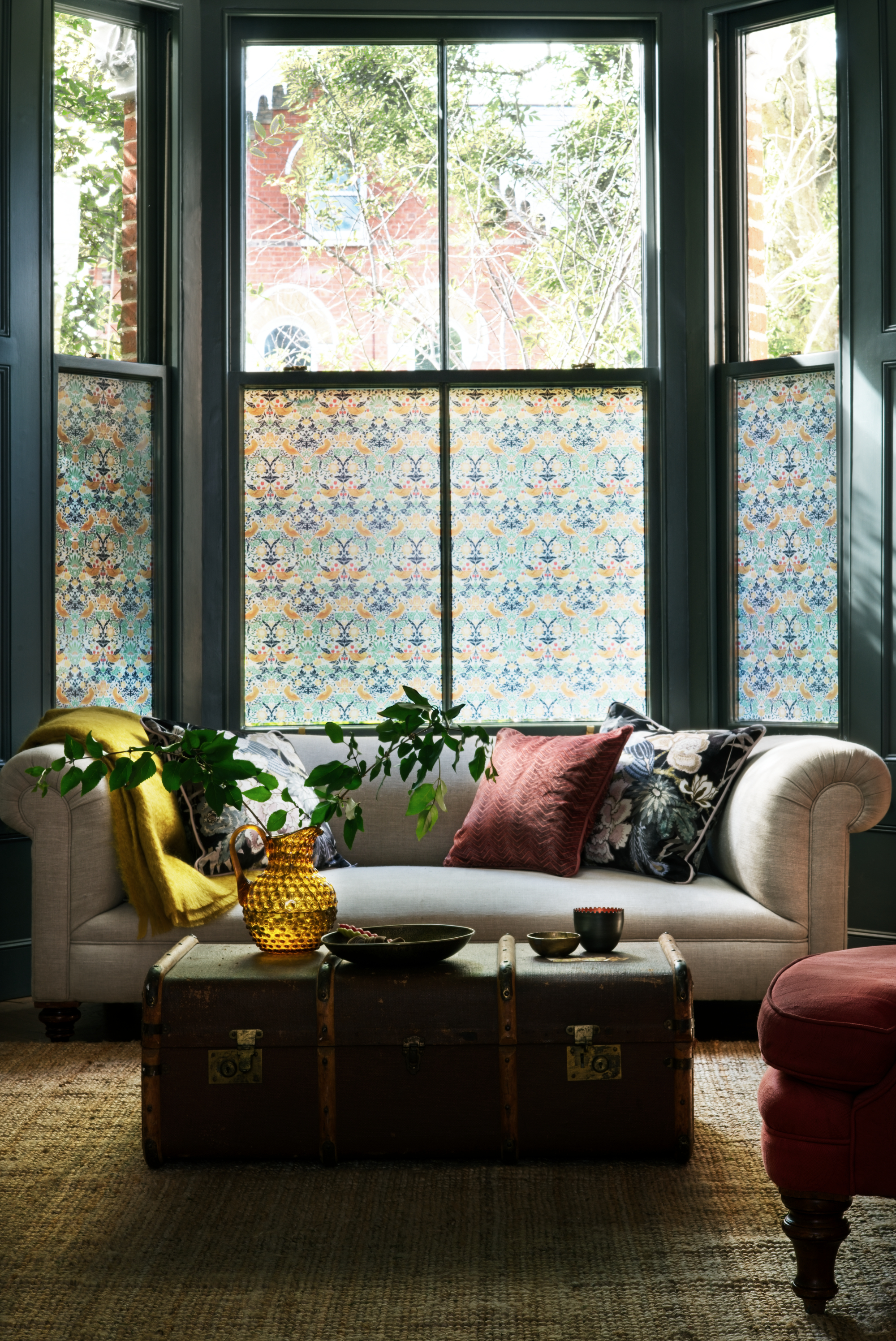
Draft-proofing windows and doors is one of the most powerful ways you can warm your home, according to chartered architect George Omalianakis of GOAStudio London.
But before we get to the frames, look at filling any gaps between the window or door frames and the masonry [such as the brick/block] it sits within. You can use silicone or expanding filler to do this. 'This is where lots of air escapes from, so you should focus on these gaps first,' George explains.
Similarly, the architect recommends covering the gaps between the 'openable' section of your window and the fixed part of your window with adhesive foam tape, such as this one from Amazon, to help prevent drafts in your home.
2. Add draft-proofing strips to doors and windows

When exploring the world of front-door ideas, draft exclusion may not have been in the center of your thoughts. Door color, yes. Door furniture, yes. Draft excluders? Not so much. However, whether you are renovating an existing front door or fitting a new one, draft-proofing strips, which can also be used around to fill and seal gaps in a window frame's opening parts, can be transformative in keeping the cold out of your entryway.
These draft-proofing strips are generally self-adhesive or easily fixed with small screws, very affordable, and easy to apply as a DIY job. Head of Solved, Punteha van Terheyden found weatherstripping was a quick and easy fix for her drafty front door.
These are Amazon's best-selling draft-proofing strips for doors – and, yes, they can be used on interior doors as well as the back of the front door to stop cold air flowing from room-to-room. They are easy to apply and to remove again in spring when you want the cool air to flow again. You can buy similar products to suit your windows, though be sure to choose something suited to your window type.
3. Block drafts with old fashioned cushion excluders
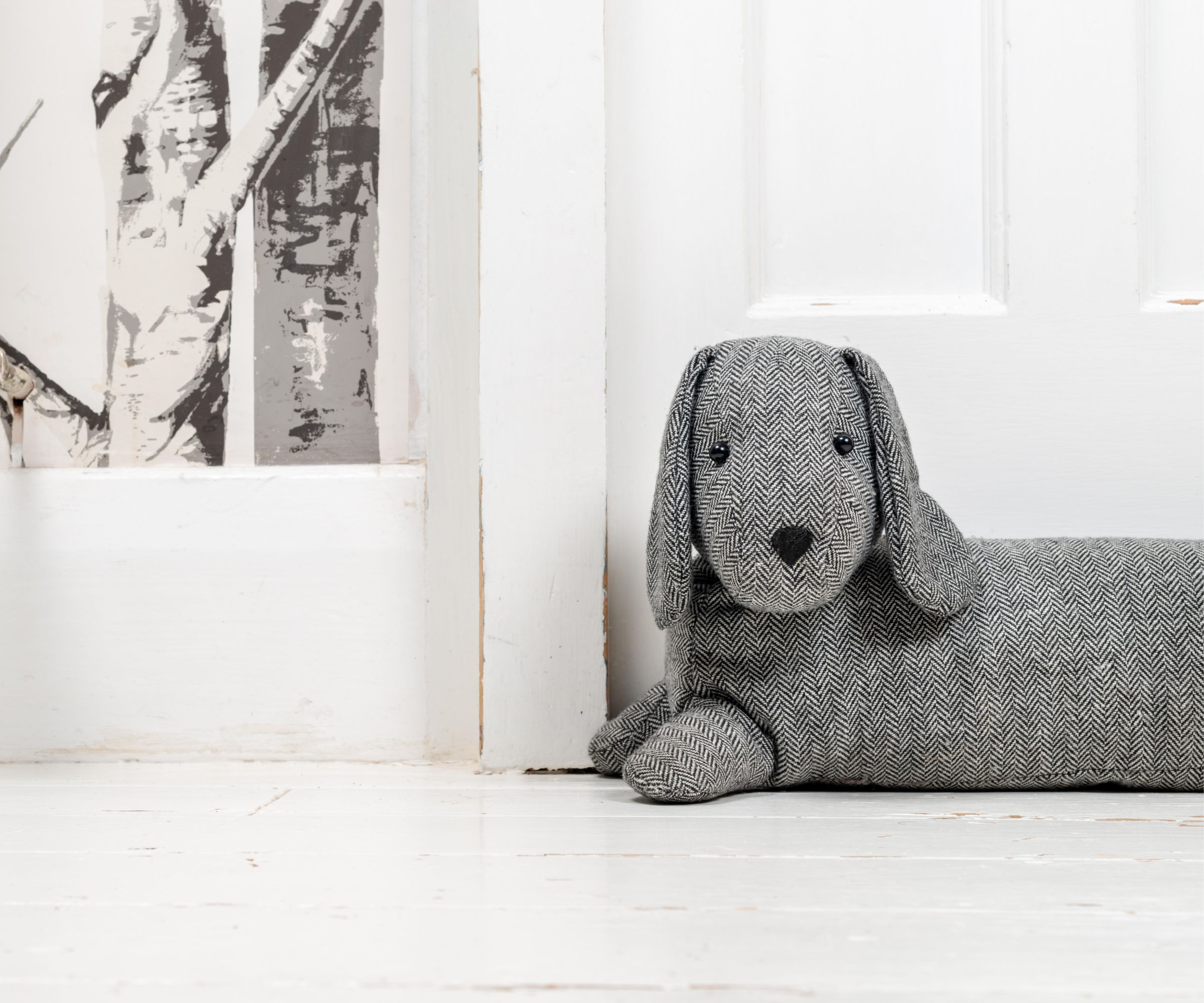
As we said above, you shouldn't just seal the bottom of your front door to keep drafts out. Interior doors, if they don't reach right to the floor, will increase airflow from room-to-room. Wonderful in summer, not so much in winter.
If you don't want to (or can't because you rent) fix draft-proofing strips to the bottom of doors, cushion excluders will do the trick. You can buy cute dog bottom of door draft excluders like the one above from Amazon. Or we really like Fowong's smart door draft excluders, also from Amazon.
4. Hang thermal drapes
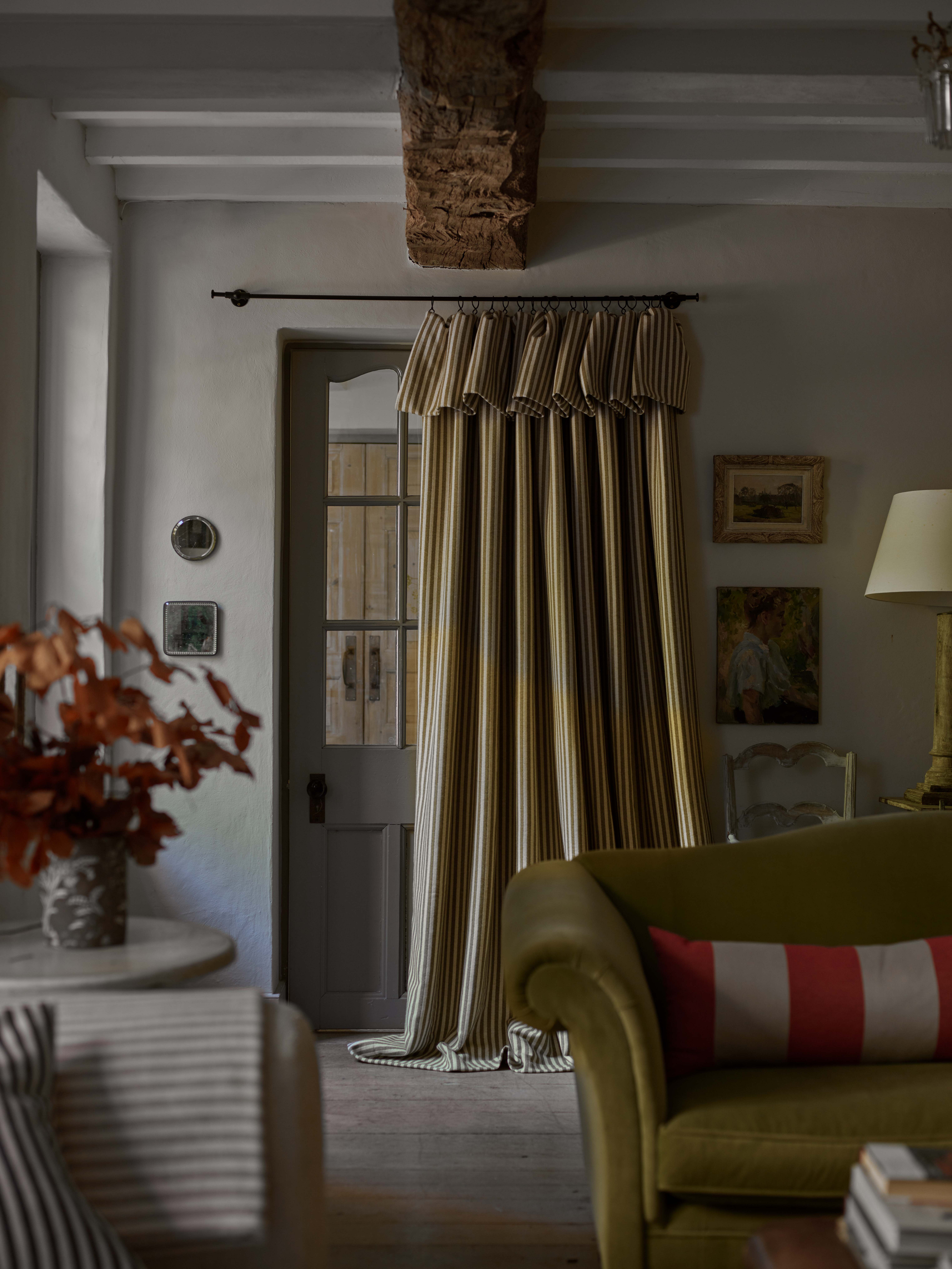
No matter how well sealed your windows, glass is not as good an insulator as a solid wall, so you will often feel colder in a room with a large window or glazed door. While sunlight in the day might offer some relief and welcome natural warmth, this isn't the case in every zone and every home, and at night, you will be glad of thick drapes.
If you can buy beautiful, generous fabrics for your drapes, you will notice a difference, but you can boost the effect by lining curtains, existing or otherwise, with thermal materials. You can buy thermal material by the foot, buy ready-made thermal curtain panels that attach with velcro, or you can buy fairly basic thermal curtains at Amazon. Like black-out material, which is designed to keep out light, thermal materials are designed to reduce drafts and, conversely, keep heat in.
‘Shutters are another excellent way to improve the energy efficiency of windows,' says Yvonne Keal, Senior Product Manager at Hillarys. 'When closed, they can reduce heat loss by up to 62% through single glazing.’
5. Tackle keyholes and letter boxes
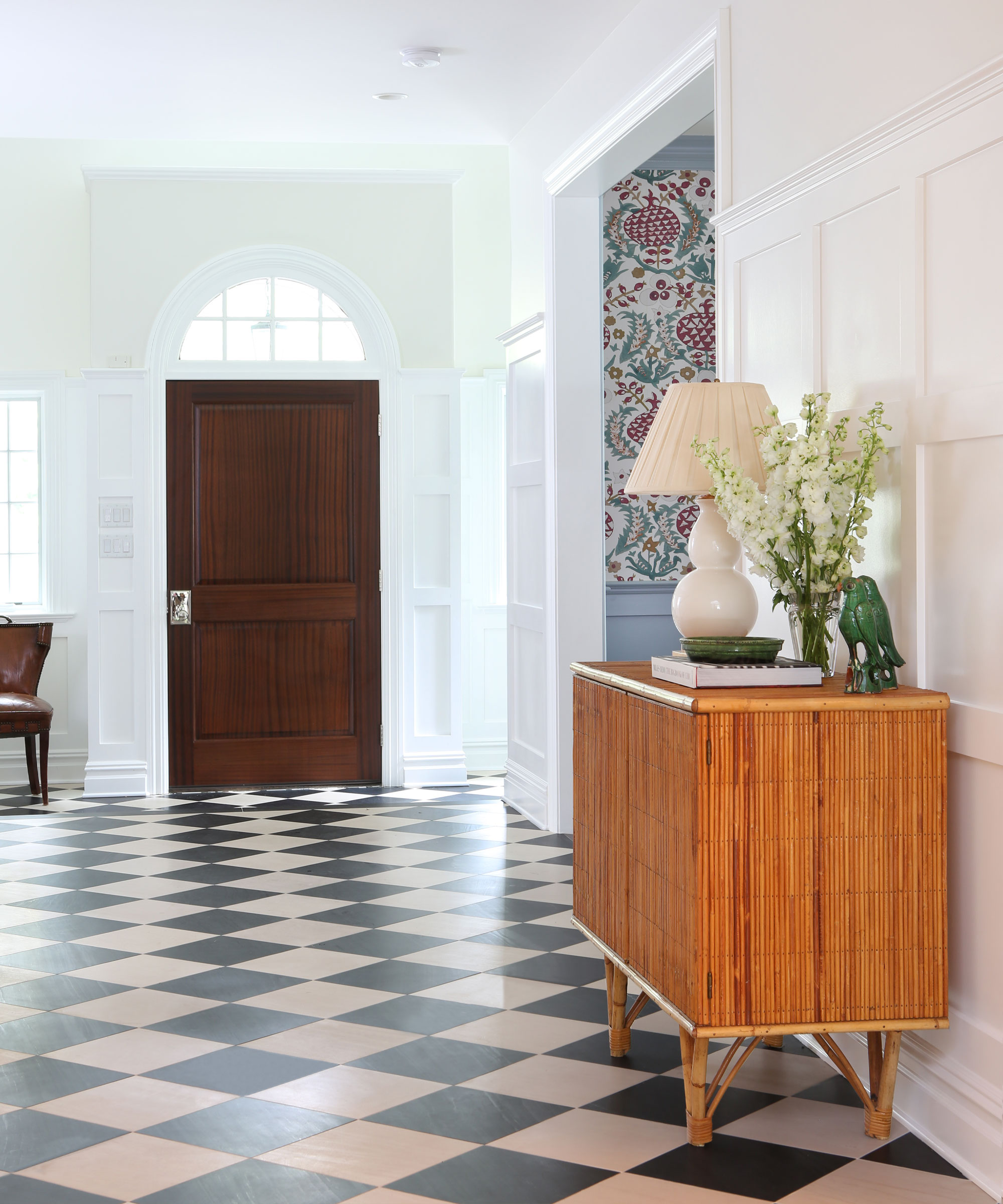
While the front door is the main draft problem, with perhaps exposed keyholes and letterboxes that allow cold air free access, interior doors with keyholes can also allow drafts to pass through.
The simple fix? Seal them up with metal covers designed for the job.
Kamil Kowalsk, the president at LimakWay Remodeling, suggests that adding insulation of all kinds may be worthwhile if you live in a particularly cool climate.
'Insulation can help reduce energy consumption and save money on heating costs. It also helps in improving indoor air quality, which can be beneficial for people with asthma or allergies,' the expert says. And in some cases, insulation doesn't need to be complicated.
'There are many ways that homeowners can add insulation to their homes and make them more energy efficient,' Kamil says. 'This includes installing new windows, adding drywall, adding new roofs, spraying foam on walls, installing reflective insulation inside attics, and more.'
6. Seal up unused chimneys

Of course in winter you will want to be using your fireplaces and woodburners to keep your rooms toasty, but there may be a chimney or two that aren't being used that will still be letting cold air in and warm air out.
There is an easy DIY solution: chimney draft excluders, which can seal out the majority of the cold air, though not all, which could lead to damp. Amazon sells basic chimney balloons, but we really like Flueblocker's sheeps' wool draft stoppers, which are easy to put in and pull out again.
7. Make original wood flooring feel warmer, fast

Original wood flooring is wonderful, but it can be drafty. A long-term fix is to pull it up and insulate beneath it, or to fill gaps between floorboards. But let's not kid ourselves that these are quick DIY jobs.
Instead, look to a thick, large as possible area rug – or two – which can go a long way to making a cold room feel warmer. Buying inexpensive carpet underlay to go under existing, thinner rugs you don't want to replace will add another layer of precious insulation, too, plus underlay can double your area rug's lifespan. Win win. You can learn how to draft proof your living room in detail with our dedicated guide.
8. Don't forget hatch openings to your attic
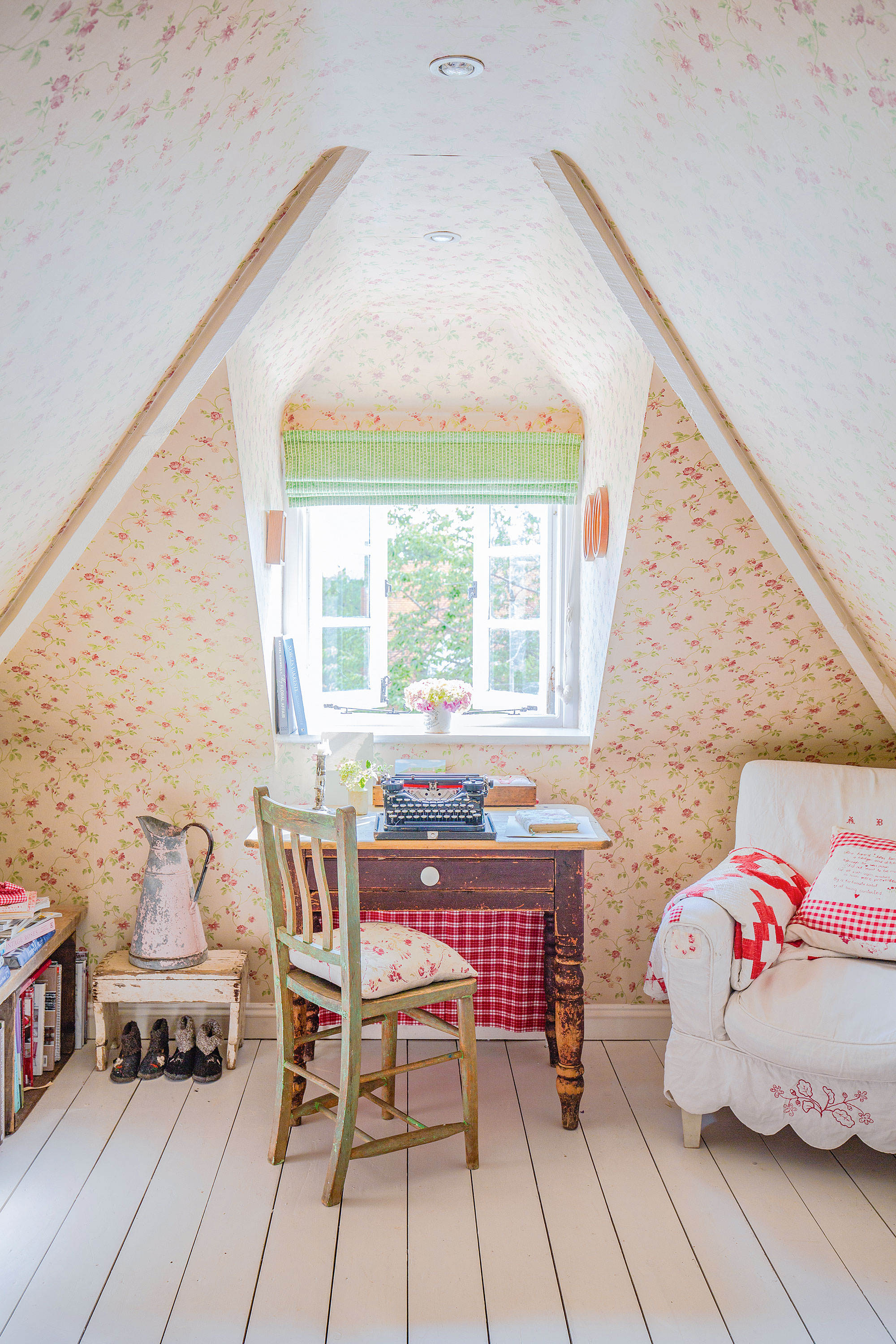
In some cases, the attic is one of the most valuable spaces in your home. However, if yours is accessed via a ceiling hatch, it is worth insulating the upper side of the hatch door to stop warm air escaping.
'Often the attic hatch does not fit well in the opening, and warm air escapes upwards and into the attic space that is cold and very drafty,' says architect George Omalianakis of GOAStudio London. 'This means it sucks air through it continuously.' He adds that you can also use a similar weather-stripping product to fill any gaps.
9. Close doors to rooms you don't use much
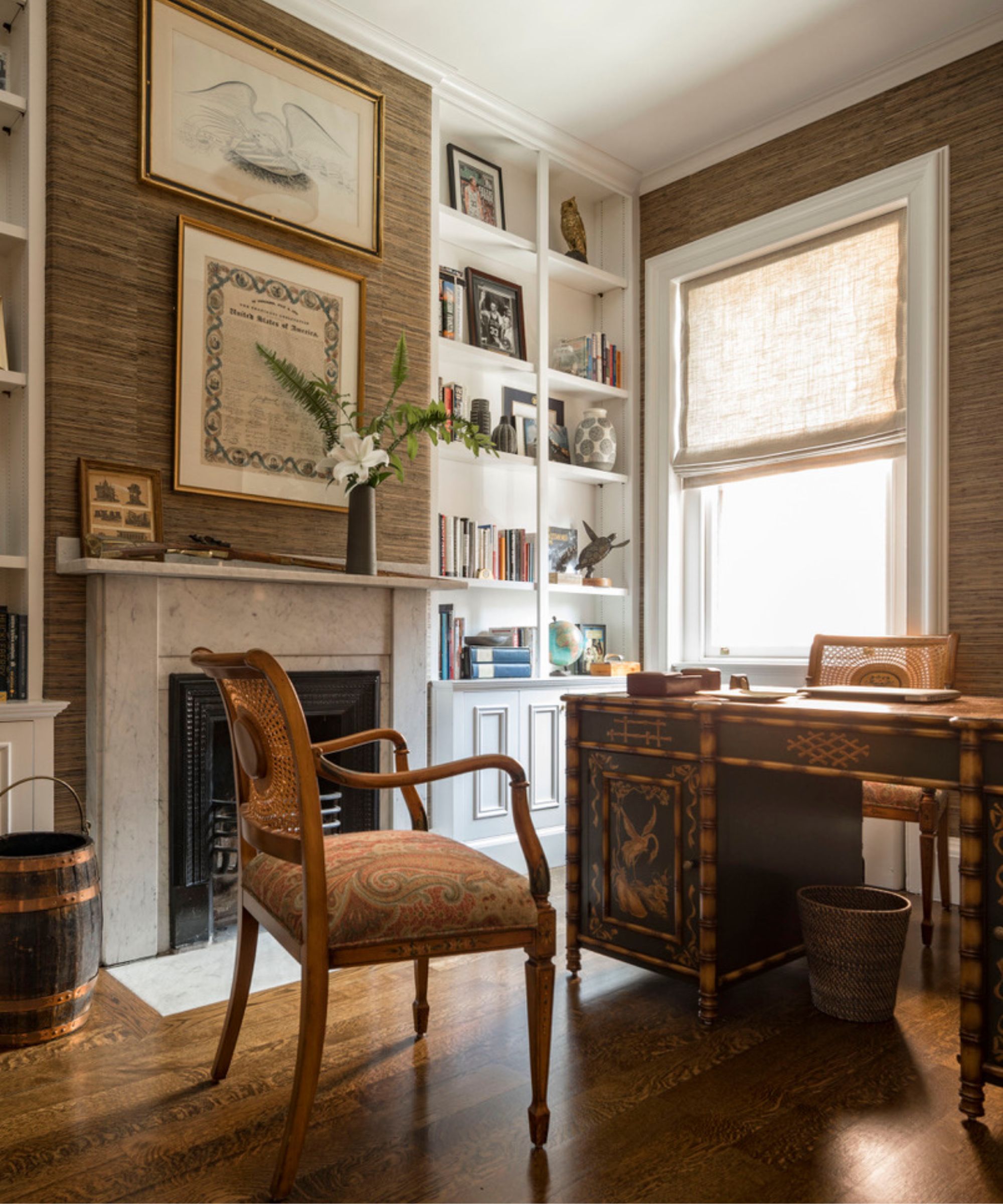
Closing doors to rooms you don't use means you won't have to heat them and that cold air won't move from them into the rooms you are heating. Closing doors of upstairs rooms during the day will have a similar, insulating effect, as will keeping the door closed to the room you are in – perhaps your home study.
Learn how to draft proof your basement.
What is the biggest draft-proofing mistake?
'Remember that a healthy home requires a certain level of ventilation, which is even more important in wet areas such as bathrooms and shower rooms,' the architect George Omalianakis of GOAStudio London says. 'Draft-proofing is about preventing uncontrolled ventilation, but always make sure you have allowed for trickle vents and fans to provide controlled and beneficial ventilation.'
Next, learn how to draft proof your garage and draft proof your kitchen to stop heating inside the home being waste.
Sign up to the Homes & Gardens newsletter
Design expertise in your inbox – from inspiring decorating ideas and beautiful celebrity homes to practical gardening advice and shopping round-ups.

Megan is the Head of Celebrity Style News at Homes & Gardens, where she leads the celebrity/ news team. She has a history in interior design, travel, and news journalism, having lived and worked in New York, Paris, and, currently, London. Megan has bylines in Livingetc, The Telegraph, and IRK Magazine, and has interviewed the likes of Drew Barrymore, Ayesha Curry, Michelle Keegan, and Tan France, among others. She lives in a London apartment with her antique typewriter and an eclectic espresso cup collection, and dreams of a Kelly Wearstler-designed home.
-
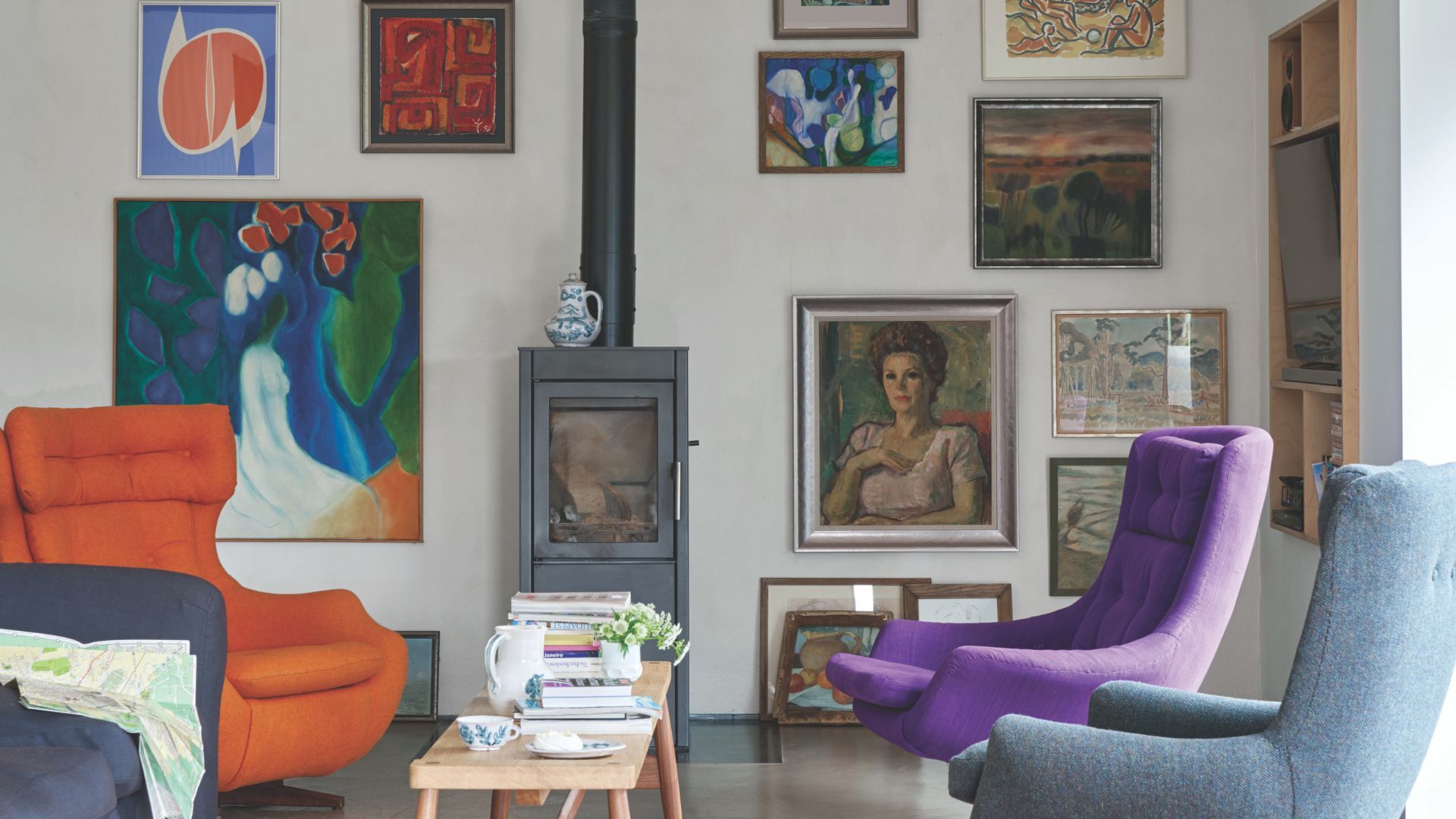 I promise, these 6 best white Farrow & Ball paints will end your search for the perfect shade
I promise, these 6 best white Farrow & Ball paints will end your search for the perfect shadeWhite but not boring: these are the best Farrow & Ball shades you need to know about
By Sophia Pouget de St Victor
-
 Justin Bieber's living room is the most ultra-minimalist space I have seen so far this year – he keeps it interesting with an intelligent furnishing
Justin Bieber's living room is the most ultra-minimalist space I have seen so far this year – he keeps it interesting with an intelligent furnishingJustin and Hailey Bieber's living space stays neutral in its palette, but it is dynamic and engaging thanks to statement furnishings and accessories
By Hannah Ziegler